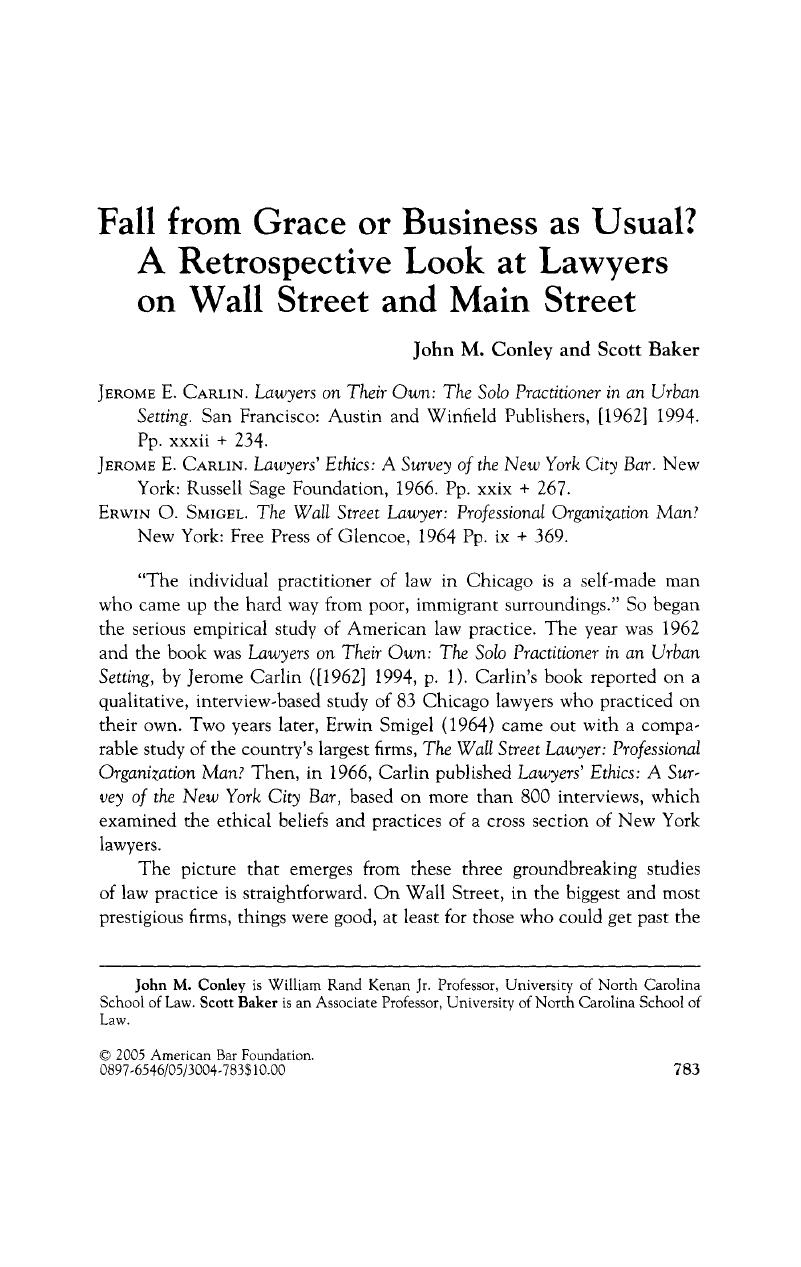Crossref Citations
This article has been cited by the following publications. This list is generated based on data provided by Crossref.
Rapoport, Nancy B.
2007.
The Curious Incident of the Law Firm that did Nothing in the Night-Time.
Legal Ethics,
Vol. 10,
Issue. 1,
p.
98.
Gallagher, William T.
2011.
Foreward: Reintroducing a Classic Study of the Legal Profession.
SSRN Electronic Journal,
Flocco, Gaëtan
and
Willemez, Laurent
2020.
Pour une sociologie des travailleur·euses du droit et de la justice.
La Nouvelle Revue du Travail,



